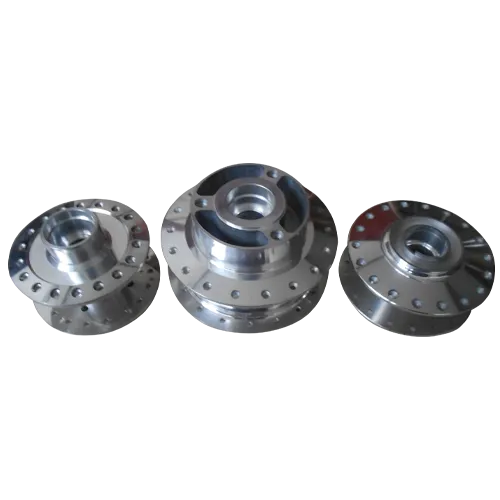Mobile:+86-311-808-126-83
Email:info@ydcastings.com
6 inch pipe cap
Understanding 6-Inch Pipe Caps Importance, Uses, and Considerations
In the field of plumbing and piping, various fittings and accessories play critical roles in ensuring the integrity and efficiency of piping systems. Among these components, pipe caps are particularly essential. This article focuses on 6-inch pipe caps, exploring their significance, applications, and factors to consider when choosing them.
What is a Pipe Cap?
A pipe cap is a fitting that is used to close the end of a pipe seamlessly. Designed to fit over the end of a pipe, pipe caps come in an array of sizes and materials. Specifically, a 6-inch pipe cap is sized to fit a pipe with a 6-inch diameter. These caps can be made from various materials, including PVC, metal (like stainless steel or carbon steel), or even concrete, depending on their intended use.
Importance of Pipe Caps
Pipe caps serve several important functions within piping systems. Firstly, they provide a secure closure for the end of a pipe, effectively sealing it to prevent leakage of fluids or gases. This is particularly critical in systems that transport hazardous materials; any leaks can result in safety hazards, environmental concerns, and financial loss.
Secondly, pipe caps protect the internal surfaces of the pipes from contaminants. Whether in industrial settings or residential plumbing, keeping the inside of the pipes clean is vital for maintaining efficient flow and preventing buildup that could cause blockages or corrosion over time.
Lastly, pipe caps are used to facilitate maintenance. In systems where parts need to be temporarily removed or accessed, caps can effectively seal off sections of piping, allowing for work to be done without needing to disrupt the entire system.
Applications of 6-Inch Pipe Caps
6 inch pipe cap

6-inch pipe caps are versatile and can be used in various applications across different industries. In plumbing and drainage systems, they are commonly used to seal the ends of pipes intended for wastewater and stormwater management. In industrial settings, they might be utilized to close off sections of pipelines that transport liquids, gases, or even steam.
In construction, 6-inch caps can be used for irrigation systems and in waste management projects. Additionally, they find applications in structural systems, such as fencing and railing, where they can serve aesthetic purposes while providing a functional end closure.
Choosing the Right Pipe Cap
When selecting a 6-inch pipe cap, several factors must be considered. First, the material of the cap is crucial; it should be compatible with the piping material and the fluids being transported. For example, using a PVC cap in a system designed for high-temperature liquids may not be advisable.
Additionally, the pressure rating of the cap is important, especially in industrial applications where high pressure is a factor. Ensuring that the cap can withstand the operational pressures will prevent premature failure.
Furthermore, consider the environment in which the cap will be used. For outdoor applications, weather-resistant materials may be necessary, while corrosive environments may require specialized coatings or non-corrosive materials.
Conclusion
In summary, 6-inch pipe caps play a vital role in the functionality and safety of piping systems. Understanding their importance, applications, and the factors to consider when selecting them can assist in making informed decisions in plumbing, construction, and industrial contexts. Whether for preventing leaks, protecting against contaminants, or facilitating maintenance, the right pipe cap can significantly enhance the integrity and efficiency of any piping system.
-
Understanding Metal Casting TechniquesNewsApr.02,2025
-
Understanding Exhaust Manifolds for Enhanced Engine PerformanceNewsApr.02,2025
-
The World of Metal FabricationNewsApr.02,2025
-
Key Components for Pump and Turbo EfficiencyNewsApr.02,2025
-
Essential Tools for Automotive Maintenance and RepairNewsApr.02,2025
-
Durable Valve Components for Effective Water ManagementNewsApr.02,2025











